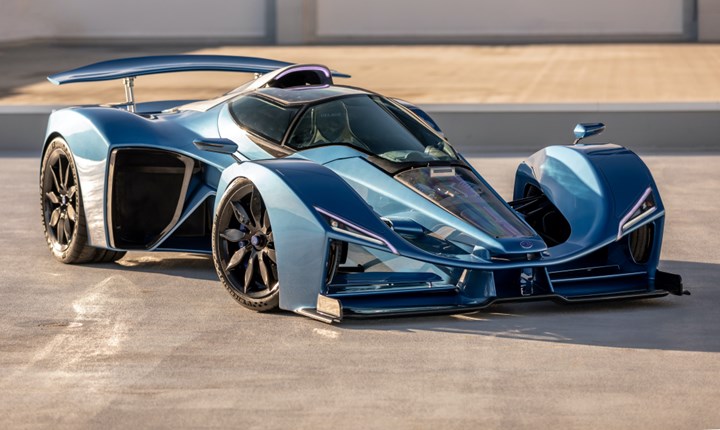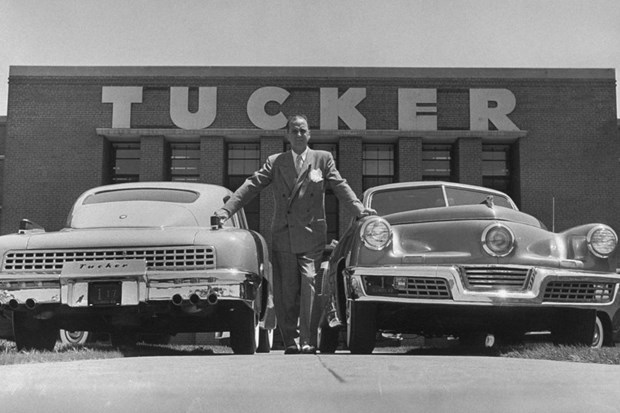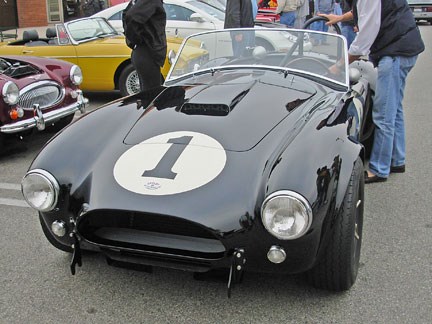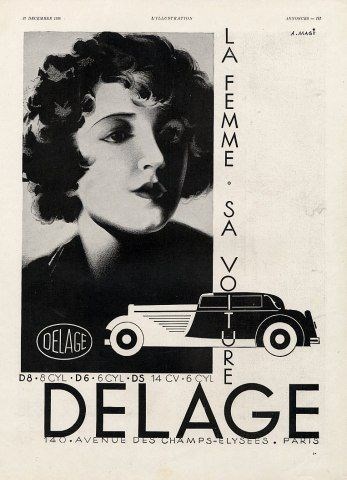
For 48 years, Delage produced technically sophisticated, top-of-the-range cars. Despite an excellent reputation and good racing results, the company's career was not been a smooth one.
An engineer by training, Louis Delage began his career as a works supervisor in a railway company. Interested in cars from an early age, he quickly left his job to open his own design office in 1900. Three years later, he was hired by Peugeot and became head of research.
Brilliant, Delage learned quickly and his desire for independence developed just as quickly: the company Delage et Cie was founded in 1905. With his right-hand man Augustin Legros, he set up his business in a workshop in Levallois-Perret. In less than 6 months, the two men developed two chassis (Type A and B) powered by De Dion-Bouton engines. Right from the start, the Delage brand distinguished itself by the extreme care taken in its production.
It was above all the silence of its cars that surprised the public and the press. Orders poured in quickly and the company expanded. In 1907, the construction of a new, much larger factory began, while the brand took part in its first races. Taking advantage of the arrival of capital from the investor Henri Davène de Roverval, Louis Delage improved his production facilities, while also improving his racing cars.
One of his cars won the Grand Prix des Voiturettes de l'ACF which took place in Dieppe, which gave the brand a lot of publicity, even though it did not yet have the same importance as the big names in the market.
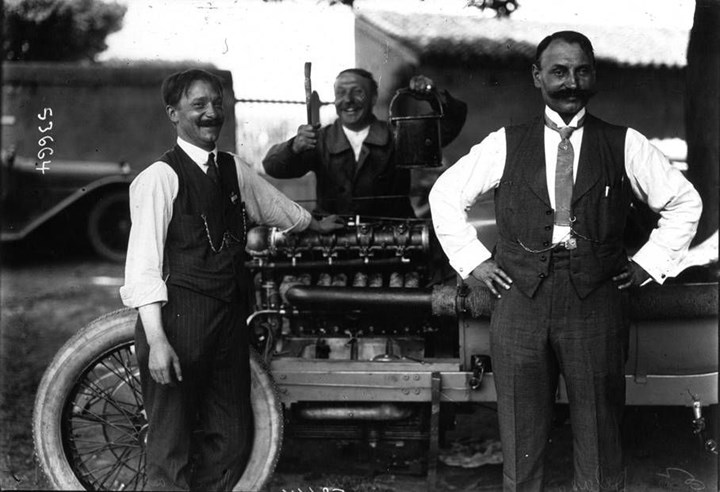
Four and six cylinders
The following years were prosperous for Delage, which continued to develop and invest in a magnificent garage in Paris and a new factory in Courbevoie. Louis Delage reigned over his staff with an iron fist and wanted to focus more and more on the luxury car market. Although the brand still manufactured 4-cylinder cars, it gradually turned to 6-cylinder engines, which were the height of refinement.
In competition, Delage distinguished itself by placing two of its cars in the first two places of the 1913 French Grand Prix. The following year, the company made a name for itself in the United States by finishing 3rd in the famous Indianapolis 500. Unfortunately, with the outbreak of the First World War, production decreased and was finally stopped in favour of the war effort. Delage then manufactured shells, which did not prevent the boss from imagining a new model that was to be marketed after the conflict: the CO.
A few vehicles were delivered to the French General Staff who tested them before the end of hostilities. Built in series from 1920, this 6-cylinder car was finally supported by the DO, a more modest model with a 4-cylinder block. These vehicles were replaced by a new generation of cars that were commercially successful.
With business going better, Delage returned to competition with a few successes to show for it. Louis Delage became increasingly authoritarian and became angry with his son, who eventually left the company. In 1924, an experimental model called "La Torpille" broke the world speed record at Arpajon, being clocked at 230 km/h!
At a time when the CO2, the brand's best-selling passenger car, was completely out of date, the boss was persuaded to develop a luxury model capable of competing with Hispano-Suiza: this was the GL, with a 6-litre engine and numerous technical refinements including an overhead camshaft. Unfortunately, this model was an economic fiasco with only 180 units sold.
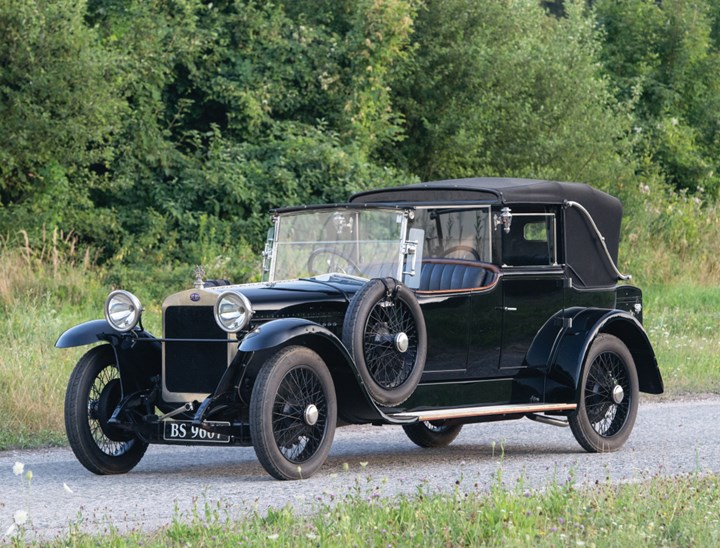
The best years
After many changes in the workforce, Delage returned to competition in 1927 with the 1500, a model that would give the brand its best moments. The problem was that the budget was very large and many touring cars had to be sold. New models were developed, including the DR, which was the second best-selling Delage with 5,300 produced: a success partly due to the World Speed Championship title won that year.
While Delage expanded its factory once again, the economic crisis gradually hit and put a strain on luxury car manufacturers. Nevertheless, the firm presented the D8 with its extremely refined and quiet 8-cylinder engine. Sold as a bare chassis-engine, the car was sent to the best European coachbuilders to receive extremely exclusive, sometimes extravagant dresses. The following year, Delage launched the D6, whose engine was in fact that of the D8, with two cylinders removed.
It was not a success, and the company began to have serious cash flow problems. For a time, Louis Delage offered to sell his cars to Peugeot, but the company refused. After declining the offer of the Gnome et Rhône company to buy the factory and the brand, Delage laid off staff and reorganised its sales department.
Pierre Delage, son of Louis, returns to the staff of the manufacturer. Despite a reorganisation of the range and new 8- and 4-cylinder engines, business was definitely not going as well as before. In 1933, suppliers joined forces to manage Delage's debts.
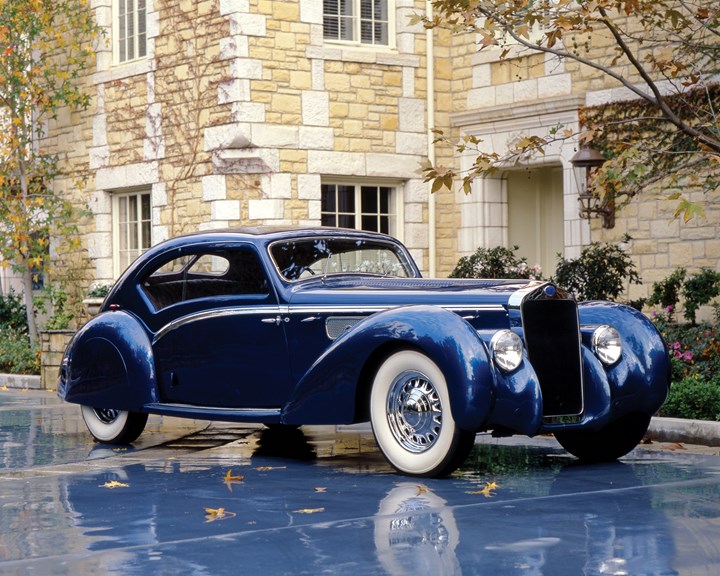
The recovery
In 1935, Louis Delage gave up and decided to stop the business. A Parisian dealer, Walter Watney, bought the firm. He felt that the company could not survive without collaborating with another manufacturer: an agreement was signed with Delahaye for future models to use its engines.
The "Société Nouvelles des Automobiles Delage" was created and it arrived at the Paris Motor Show with 4 new models: the Types DI 12, D6 60, D6 80 and D8 100. Despite sharing the same engine with the Delahaye, the Delages had their own style. However, the sauce did not take immediately and the commercial results were disappointing. A Delage D6 70 finished 4th in the 1937 Le Mans 24 Hours and the brand gradually regained its former prestige.
Unfortunately, the Second World War broke out and the company's development came to a halt. During the bombings, the Courbevoie factory was partly bombed. For his part, Louis Delage chose the path of simplicity and spirituality, making several pilgrimages to Lourdes by bicycle or on foot. He died on 14 December 1947.

Tough times
After the war, Delage timidly resumed its activities with a single chassis powered by a 6-cylinder 3-litre block. The elegance that characterized its bodywork was no longer there and its cars could no longer hide their outdated design.
Despite two very good results at the 24 Hours of Le Mans in 1949 and 1950, the manufacturer sold fewer and fewer cars. The die was finally cast in 1954 when Delahaye decided to stop producing cars. Since then, Delage has been dormant, but in 2020, Laurent Tapie, the son of the famous businessman Bernard Tapie, decided to relaunch the brand.
According to the latest news, the D12, a hypercar with more than 1,000 hp, will be built in 30 units, each of which will be sold for more than two million euros. However, the future of Delage is not yet assured...
